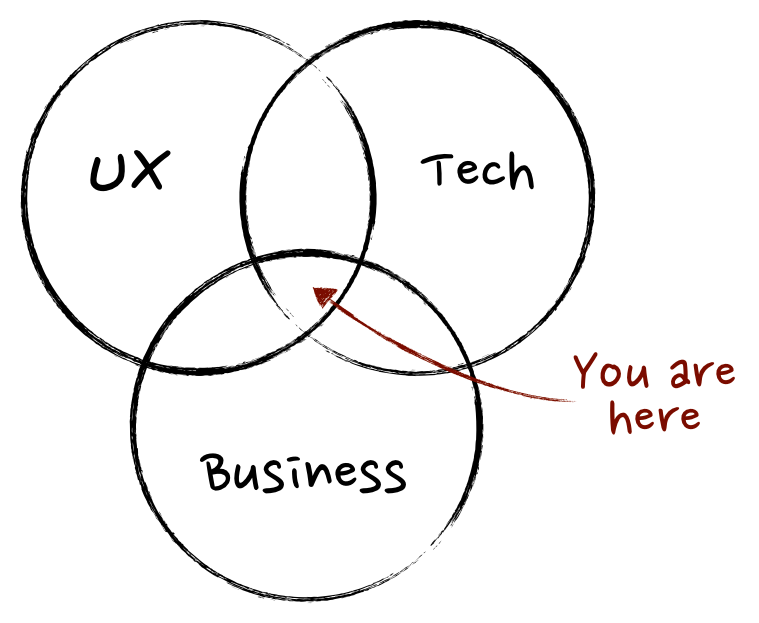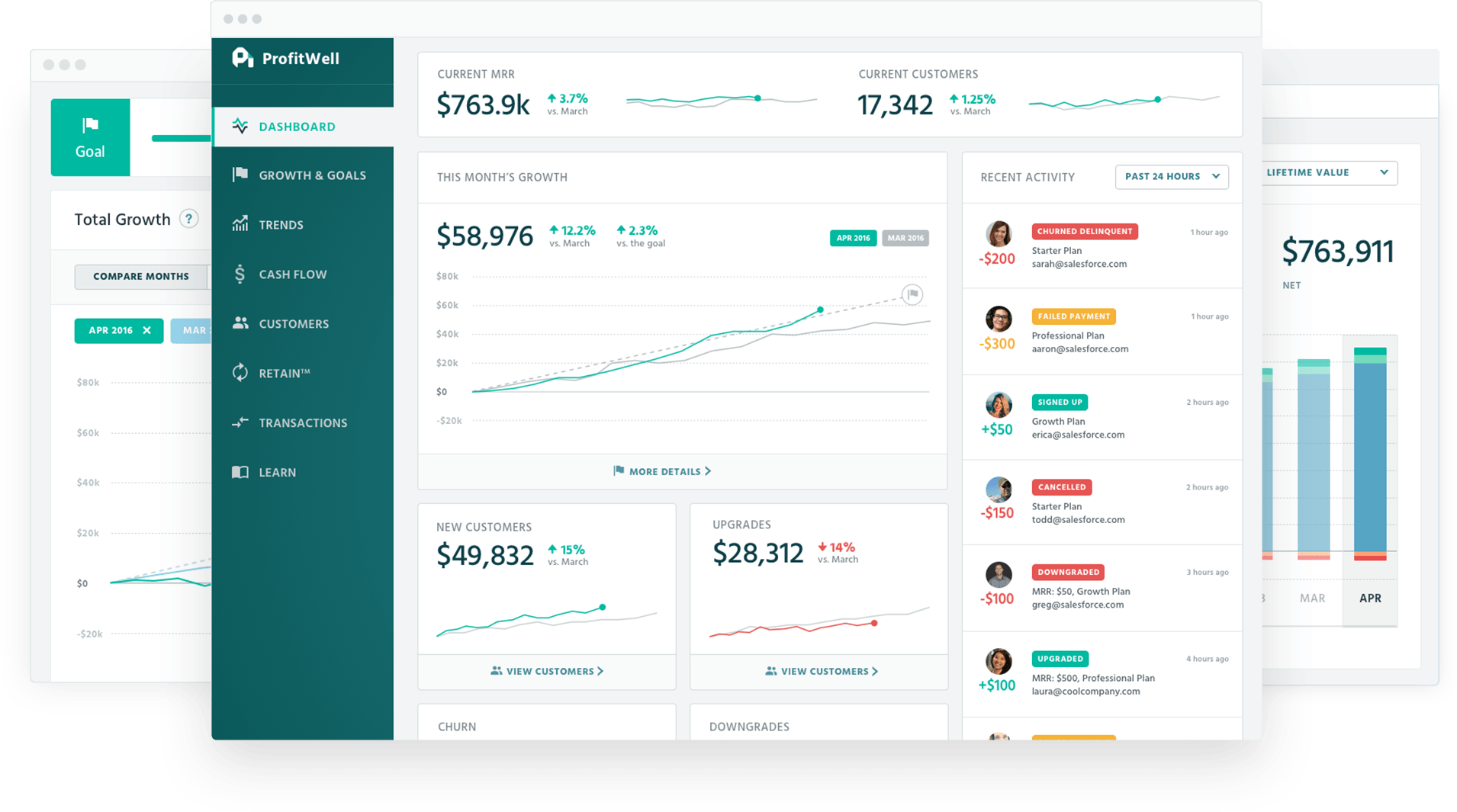What does it mean to be a great product manager?

.png)

.png)
PMs are the silent superheroes of the SaaS world. They are responsible for the success—or failure—of a product, and by extension, the company itself.
They dart across departments, make tough calls, and work long hours. It’s demanding and multidisciplinary work, so PMs need to be among the strongest talents in the company.
But like superheroes, the role is shrouded in mystery. The product manager's job description is poorly defined, and it’s unclear what makes a PM truly great.
That's because there is not one type of product manager.
Every SaaS company and product has different demands and requirements. And PMs come from a variety of backgrounds—usually marketing, technology, UX, or design.
That means there’s not one specific answer to “what makes a great product manager?” Since it’s dependent on the context, it’s all about fit.
But all great product managers share the same fundamentals—in varying degrees—and it's from here that the best product managers can adapt to the needs of their environment.
Let’s first define the product manager's job description and then look at the fundamentals that make them great.
The primary responsibility of a PM is to deliver solutions that address the needs of the user and the business by managing a multidisciplinary team of engineers, designers, salespeople, and marketers.
The scope is broad, which makes product management inherently complex.
Day to day, PMs need to navigate data, ideation, road maps, stakeholders, teams, and all of the complexities that come with working with lots of people.
Ellen Chisa, VP of Product at Lola, notes this context of shifting: “A product manager is continuously going back and forth between the 10,000-feet view and the 2-inch view”—meaning PMs need to be tactical as well as strategic.

The high-level responsibilities in the product manager's job description include the following:
More importantly, to be successful in these areas, PMs need to have three core attributes: They need to think divergently, push the boundaries, and be intellectually curious.
But for PMs to be really great, they first need to have experience and knowledge in fundamentals. Martin Eriksson, a product manager veteran, defines this as the intersection between business, user experience, and technology.

PMs must be experienced in at least one, passionate about all three, and conversant with practitioners of all three.
With this background, product managers can find the sweet spot between viability (will users want to buy this?); feasibility (can our engineers build this?); and usability (can the user figure out how to use this?).
Let’s take a look at each in more detail.

Great product managers have strong business judgment because, first and foremost, product management is a business function. The primary goal is to focus on creating business value from the product and maximizing return on investment. Successful products are ones that become profitable, and this is the bottom line.
For this to happen, PMs must be able to assimilate vast amounts of business information, from research reports to market trends. This provides a data-vista view of the industry to ensure that the big picture is understood and the resource is driven toward viable ideas.
That is why Jeff Bezos has his teams start each meeting with narratively structured six-page memos. To write sentences and paragraphs compellingly, PMs need to have clarity. It forces them to think critically and logically about how their products fit into the bigger picture.

When PMs have a solid business game, they’re able to create confidence, trust, and buy-in from above, which is essential for smooth and effective development.
That is why product managers are often called “The CEO of the product”—it expresses the high-level business accountability associated with the position.

Great PMs are like architects. They don’t need to know the nuts and bolts of the construction, but they do need a deep understanding of the design and engineering. This ensures architects can communicate their vision persuasively in all phases of construction.
This means PMs can’t live on the technology sidelines. They need to be in the thick of it.
Product managers will spend more time with developers and engineers than anyone else in the company. They’re not expected to code, but they need to understand the technical stack. Technical prowess earns respect and ensures that PMs remain in control of development.
For this to happen, PMs must be up to date on the current tech and the latest trends. This is driven by interest, passion, or previous tech experience.
Great PMs allocate time to reading tech magazines and industry blogs to stay up to date. This enables them to react to opportunities as well as threats that might affect the product's future outlook.

Because the tech world moves at lightning speed, PMs have to continually invest time into ongoing education with online courses, for example, to ensure that their tech knowledge and confidence are always topped up.
When the tech is understood, so is the product, on a much deeper level. This is essential because PMs cannot define what they should build if they don’t know how it will be built.

Everyone in the company, including the PM, is a victim of confirmation bias. Consequently, individuals—unintentionally—favor information and decisions based on their preexisting beliefs or hypotheses. This is not a great way to build a product.
Attempting to listen and cater to everyone’s opinion creates internal conflict, which will steer development to a suboptimal product. The only solution is to look to the one who knows best: the customer.
Great PMs are the voice of the customer inside the business and thus are passionate about UX. They do not need to be full-time researchers, but they need to find ways to infuse the user at every stage of the road map.
When the customer's voice is loud and clear, it maintains momentum, as Ursula Shekufendeh, a product manger at ProsperWorks, underlines: “Staying on top of customer feedback absolutely fast tracks product initiatives.”
But for this to happen, PMs have to be data driven and support the use of both lean and robust user research techniques in the testing cycle.
For example, great PMs love prototypes; they are a PM's best friend. They allow PMs to take risks.
Prototyping means concepts and features can be validated at minimal cost to time and resources. The evidence is immediate, and there’s no room for subjectivity. It’s the fastest and safest way for PMs to make the right decisions.

But when time is limited, great PMs find the metrics that matter to their product and customer. That way, they can fervently track and optimize the product toward its intended goal without distraction.
To be great, product managers need to draw upon a comprehensive toolkit of knowledge and skills developed over years of experience. That's because, as Nilan Peiris, VP of Product at TransferWise, says, a PM's job is to “do whatever needs to be done.”
And the things that need doing span strategy, management, leadership, business, tech, and UX. It’s the wide-reaching nature of the role that makes it a fantastic and highly rewarding position.
Product management is all about making things happen.